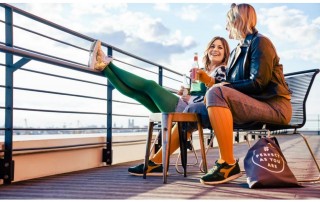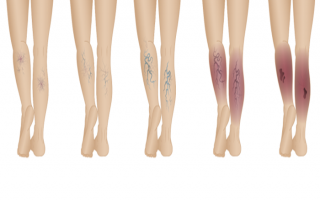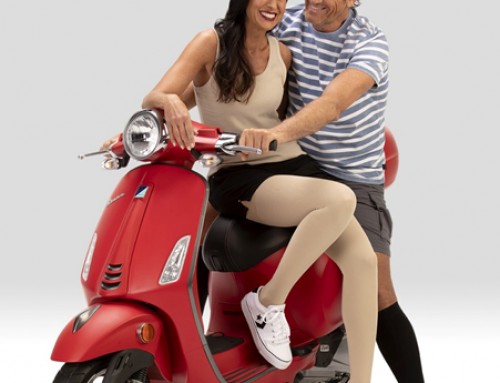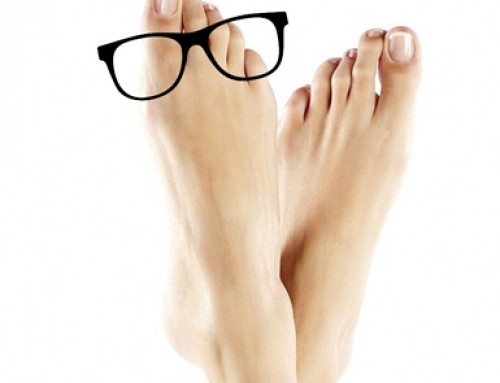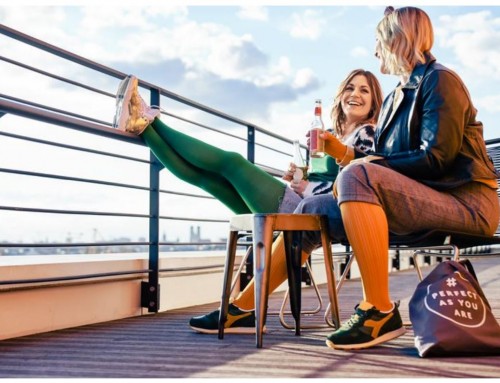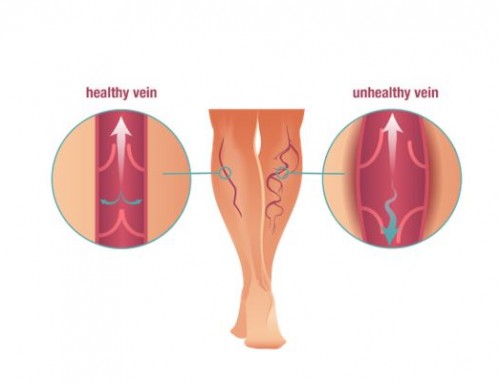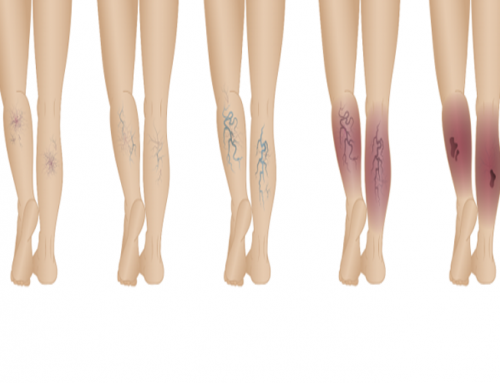A Guide to Perfect Compression Stockings
So your doctor have prescribed you a compression garment – socks, stockings, leggings etc. What’s next?
You hear the name, and the first thing that comes to mind: “Aren’t they the ugly ones my grandmother used to wear?” No need to worry – compression garments have improved dramatically, just like everything else we use in our everyday lives. Available in variety of colours, patterns, materials and even with Swarovski accents, they are fun, attractive, effective and affordable.
Compression garments are usually sold at medical supply stores, clinics and some pharmacies, so finding one is not a problem – provided that you already know everything about compression garments. What is there to know, you might ask? You know you are medium in size, and you prefer black – seems like a pretty easy choice? Well, not really…. There’s actually so much more to it, that we would need a whole separate article to cover that. Size of your ankles, calves, thighs, length of your legs, skin sensitivity, diagnosis, lifestyle – all need to be taken into consideration when choosing a compression garment. That’s why it is strongly recommended to find a good and knowledgeable compression fitter – a certified professional who specializes in compression garments. Don’t be afraid to ask about the certification – it is very important to make sure that you are in good hands. Certified compression garments fitter will take proper measurements, determine the correct size, explain benefits of the product and help you select the garment which is the perfect match to your needs and style.
Should you decide not to consult the specialist and select the garment on your own, here are some basic things to consider.
How to understand your compression garments prescription
Compression levels of the garment are measured in millimeters of mercury (mmHg). The higher the numbers, the higher the compression.
| 15-20 mmHg
Moderate Compression |
20-30 mmHg CLASS I | 30-40 mmHg CLASS II | 40-50 mmHg CLASS III |
| Slight varicosities | Helps prevent and relieve heaviness & fatigue in legs | Moderate to severe varicosities | Severe varicosities |
| Tired and aching legs | For post-surgical and post-sclerotherapy treatment to help prevent the reappearance of varicose and spider veins. | Used in the treatment of moderate edema and lymphedema. | Severe edema, Lymphatic edema |
| Ideal compression level used for those traveling long distances. | Minor varicosities, ankle and leg swelling | Used in post-surgical and post-sclerotherapy treatment to help prevent the reappearance of varicose and spider veins. | Management of venous ulcers |
| Prophylactic treatment during pregnancy | Helps reduce symptoms of Orthostatic Hypotension and Postural Hypotension | Post phlebitis syndrome | |
| Helps relieve superficial thrombophlebitis. | Management and recurrence of venous ulcers | Chronic venous insufficiency | |
| Hereditary disposition toward vein disease | Effective scar formation after burns | Post-surgery | |
| Helps prevent deep vein thrombosis (DVT), also known as economy class syndrome. | Stasis dermatitis due to CVI | Orthostatic hypotension |
This information should not be construed as medical advice. PLEASE ask your doctor or therapist which compression level you should wear.
Benefits of leading manufactures for you to compare
| JUZO | MEDIVEN | JOBST | SIGVARIS | |
| Fits 7 sizes with more precise circumference measurements (not just SMALL, MEDIUM, LARGE and X-LARGE) | X | |||
| 3 length ( SHORT, PETITTE and REGULAR) | X | |||
| Correct gradient compression | X | X | X | X |
| Durable – 6 month guarantee on compression | X | X | 30 days | Unstated |
| Easy care, machine washable & dryable | X | X | ||
| Antibacterial toe process | X | X | ||
| Highly resistant to lotions and perspiration | X | X | X | |
| Panty with adjustable waist | X | |||
| Made with silver, anti-odor | X | X |
Some of those compression stockings have more styles and patterns than the others. They also come in different fabrics and textures. Certain compression garments not only help with blood circulation and provide oxygen to your system, but also have an additional arch and calf support – which is ideal for people who run, bike, work-out or play sports.
Styles of compression stockings
Below knee (Knee High)

reaches level of fibular head, most commonly worn style
Above knee (Thigh High)
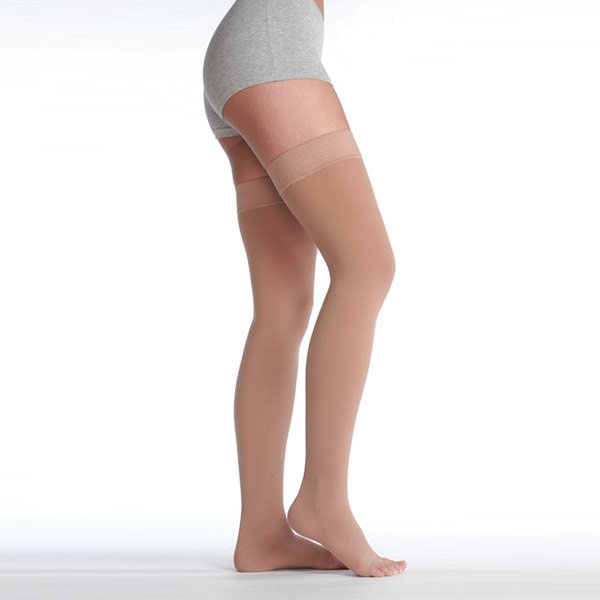
extends to top of the thigh
Panty hose/leggings
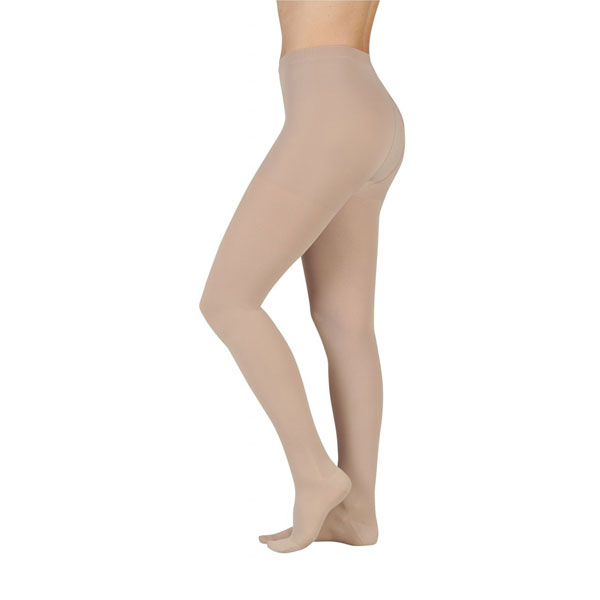
Closed Toe

feels more like a regular stockings, more popular than open toe.
Open Toe
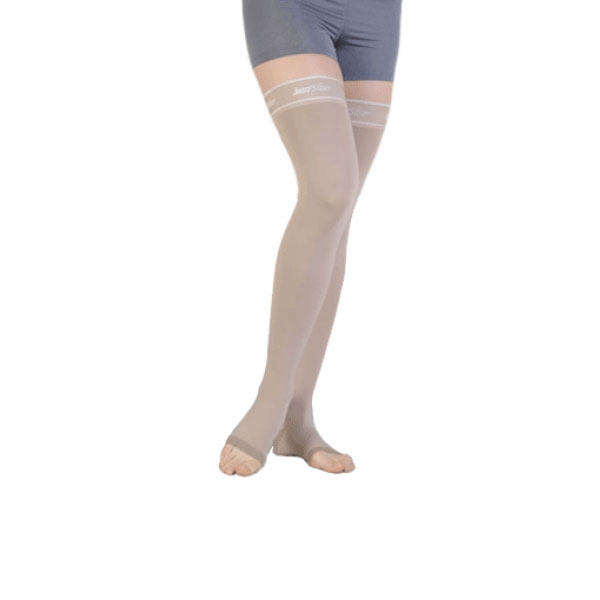
suitable for larger foot size, crucial for wearers suffering from diabetes or peripheral neuropathy.



